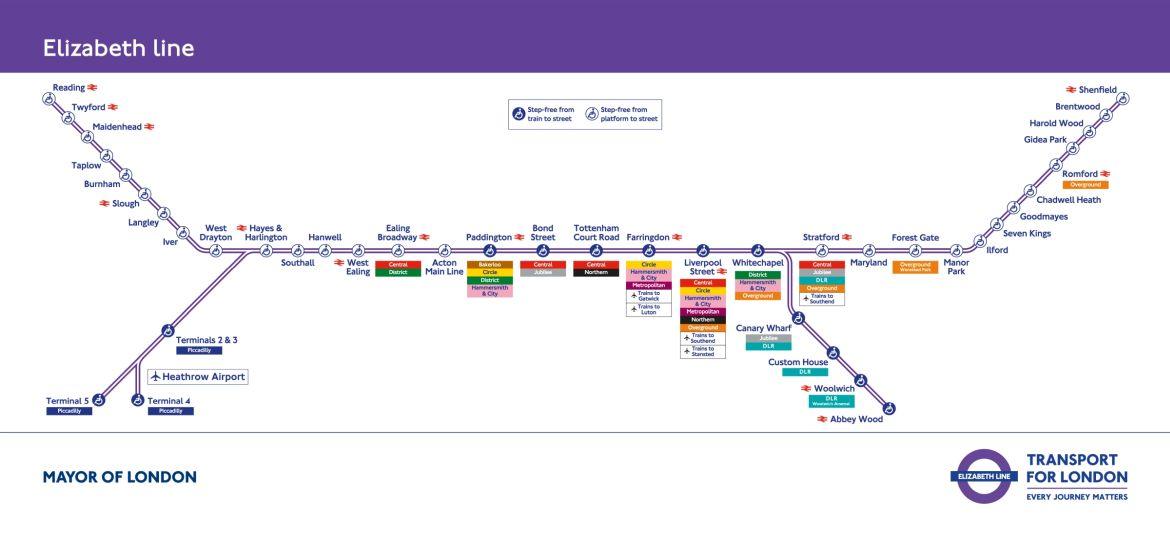The Elizabeth Line: A New Era of Transport in London

Introduction
The Elizabeth Line, officially launched in May 2022, represents a transformative addition to London’s transport network, aimed at improving connectivity across the city and beyond. Named after Queen Elizabeth II, this new railway line connects Reading and Heathrow in the west to Shenfield and Abbey Wood in the east, facilitating commuting for thousands and playing a vital role in London’s ongoing urban development.
Key Features and Benefits
One of the standout features of the Elizabeth Line is its high frequency of service, providing trains every 2.5–5 minutes during peak times. This change enhances the commuting experience, significantly reducing travel times. Passengers can benefit from seamless connections to other Underground lines, rail services, and even Crossrail extensions, making it easier than ever to navigate the complex web of London’s transport options.
In addition to convenience, the Elizabeth Line places an emphasis on accessibility. With the incorporation of step-free access at all stations, the line is designed to be more inclusive for people with disabilities, allowing everyone to travel without barriers. The improved stations are equipped with modern facilities, contributing to a more pleasant travel environment.
Economic Impact and Future Prospects
Economically, the Elizabeth Line is poised to yield significant benefits for London and the surrounding regions. Its completion is expected to generate thousands of new jobs and boost local economies, particularly in areas that were previously underserved by transport links. With the London travel market expanding, increased connectivity encourages both business and tourism, making London a more attractive destination.
Looking ahead, the line is anticipated to drive further development in areas adjacent to the new stations. Urban regeneration projects are already underway, promising to transform local landscapes into vibrant communities, thus enhancing the overall living standards and property values in those regions.
Conclusion
The Elizabeth Line marks a significant achievement in London’s transport history, showcasing the city’s ability to innovate and enhance urban mobility. With projections indicating that it will carry around 200 million passengers annually, it is set to redefine how residents and visitors experience London. As the city continues to evolve, the Elizabeth Line will undoubtedly play a pivotal role in shaping the future of urban transport, ensuring that London remains connected and accessible for years to come.
